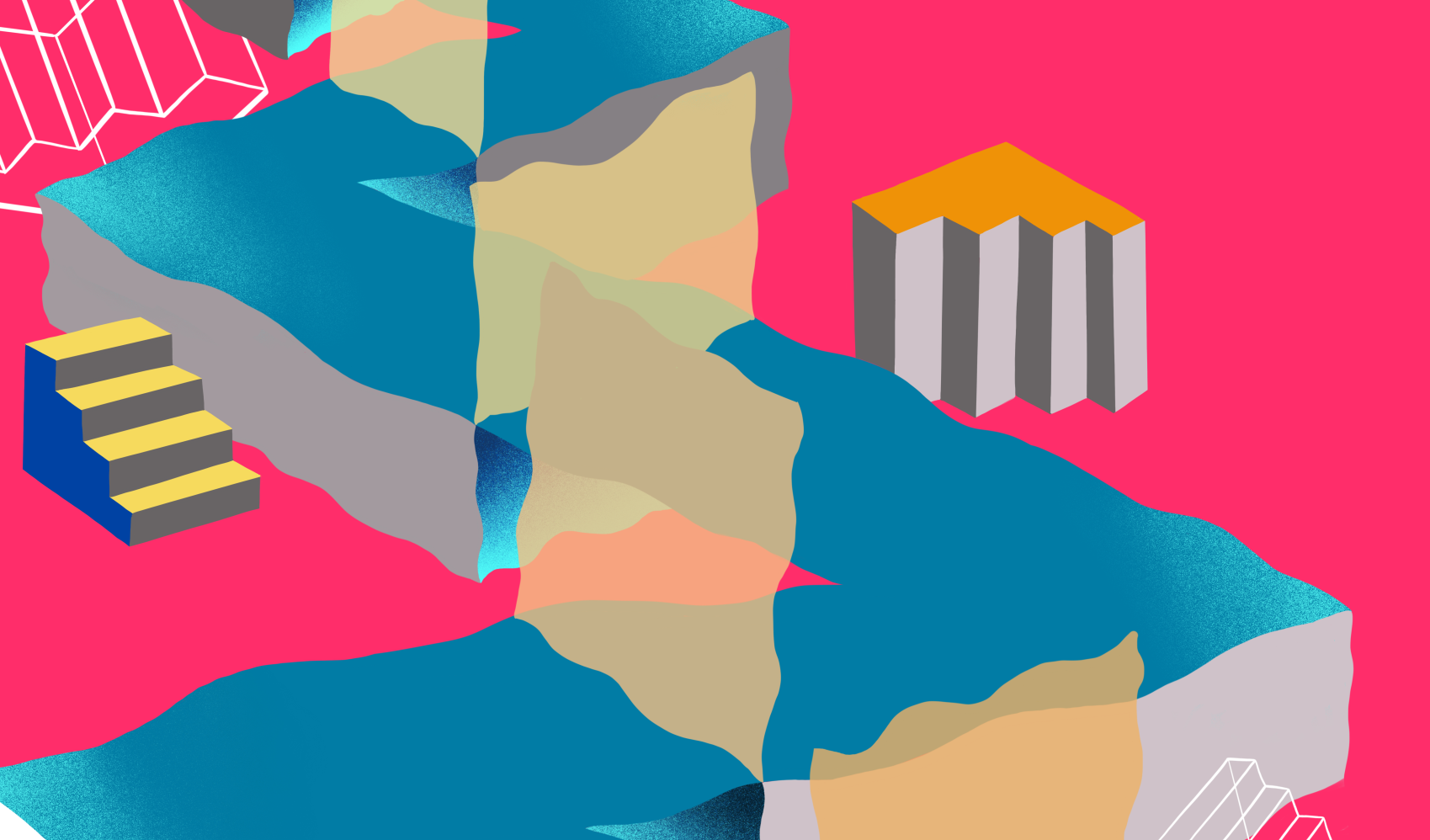How to Promote the Value of Art in Social Fabric Affected by War
The presentation included narratives from Libya and Yemen, two countries that are suffering from civil wars, isolated and unrepresented in the media, and gave an example of Syrian art community after the immigration crisis that lead artists and initiative to relocate to other countries and adapt to new geographies.
Working Module
We believe that in order to revive the art scene, we have to increase our focus on what we defined to be the three main elements in the art cycle:
- Art: Artists and their production.
- Mediums: Platforms, curators, organisations and alternative art spaces.
- Audience: the community, collectors, critics, etc
It is the first step and main task to support artists and their art practices to start moving the cycle, taking into consideration all the required tools needed to create a sustainable environment where creatives can have their freedom of expression, recognition, education and support, and also financial reward to sustain themselves and continue in their profession.
By the term (medium) we refer to art spaces, independent curators, and different platforms that creates bridges between the artist and the audience; the lack of such bodies has caused a gap and a distance between the artists and their audiences.
Cases/Examples
Three organizations and platforms were considered an example of how to promote the value of art to reconnect the social fabrics in three similar but different contexts of countries or societies that are damaged by civil wars of the arab spring.
Libya
WaraQ: (ArtOut) The city is our gallery
This project took place in the old city of Tripoli in the middle of a civil war during 2018, after WaraQ art space was forced to shut down due to a militia threat over organizing an exhibition concerning violations of human rights in Libya.
The project was a tool to reach the local audience in a rough environment, where public spaces were occupied for three months with regular exhibitions, film screenings and discussions under the title of “Thinking outside the building”.
The project raised an important question, in case the militias attack art spaces and permanent locations, can we replace permanent spaces with public spaces and reclaim it for creative use?
Syria
CoCulture: Syria Cultural index
We see the SCI as a successful module that aims to reconnect the social fabric and create a platform and a global database for Syrian artists in exile, a website that functions as a gallery to showcase art works; as a resource for opportunities and support; as a global network of artists, art professionals and institutions; as an online space for collaborations and exchanges; as a database and information portal.
Yemen
Romooz foundation: Diwan Alfan
Yemen is facing the world’s largest humanitarian crisis, and suffers unstable political and security situation from the civil war, however Romooz foundation managed to shed light on the Yemeni art community that is still based in yemen and operated both locally and internationally.
A Project such Diwan al fan did not only challenge the internal situation of the country but also increased the visibility of Yemen emerging artists regionally through their programs, engagement and outreach.
Workshop activity
- Warm up. Since the workshop was planned after lunch, we needed to warm up and get our brains into action again, we played “Shield and fire” where reshapers were engaged in a movement activity before the start of discussions and getting into the topic.
- Presentation. During the presentation I have presented the three examples of CoCulture, WaraQ, and Romooz as examples of initiative that reconnects social fabrics through art, whether through online platforms, public oriented projects with locals in public spaces, or residencies and regular discussions and exhibitions.
- Group work. After the presentation and showing the cases of resilient practices in three countries from the MENA region, Reshapers joined in pairs and groups of three and worked mainly on three areas of analyzing, defining and discussing the three chosen elements of what we defined as the elements of the art cycle (Artists/Mediators/audience), they were asked to come up with the lacks/needs, the challenges/threats, and proposed solutions and working methods, taking into consideration to work under the scheme of artists and initiatives at risk and under threat in conflict situations and extreme censorship.
- Discussions. We had the last 10 minutes to reflect, discuss and come up with conclusions regarding the best practices to respond to the threats.
Happy with what you’ve read? Send us more stuff like this!
